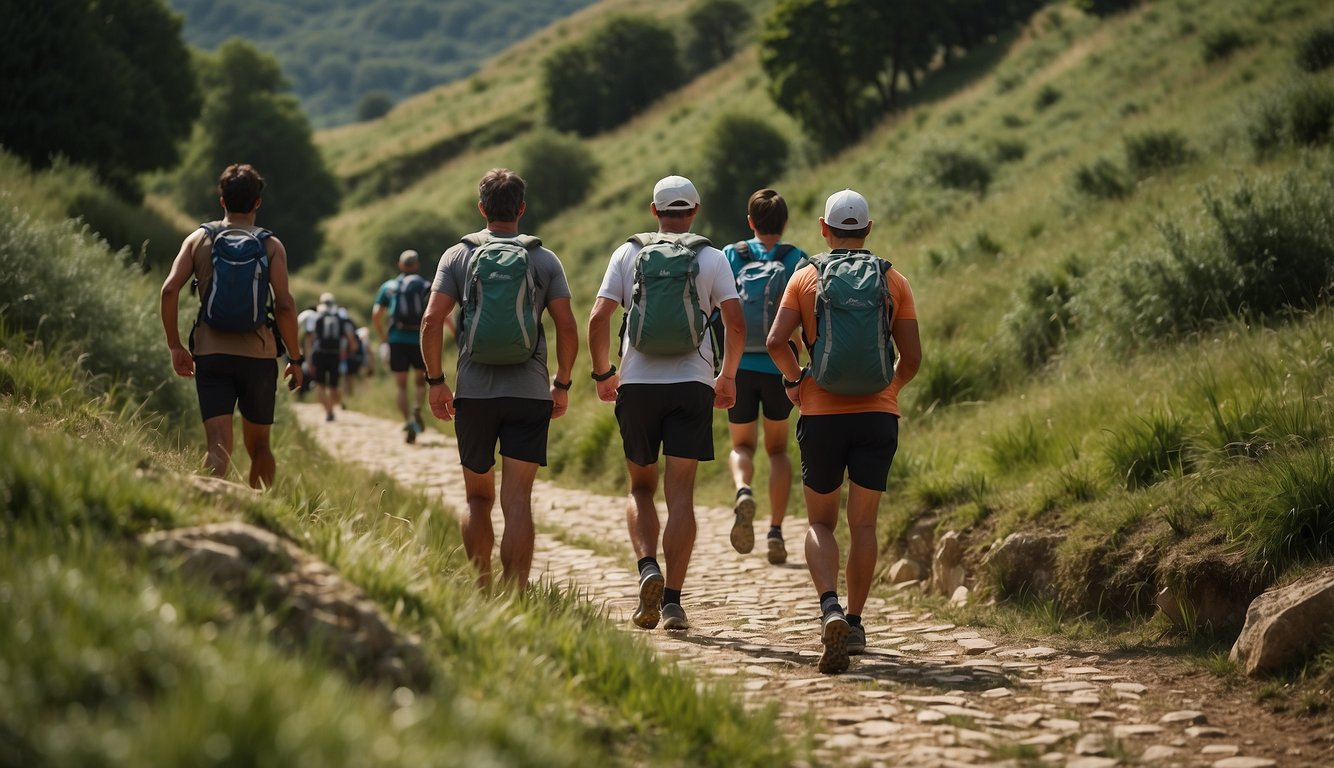Embarking on the Camino de Santiago Run is an adventure like no other. The Camino de Santiago, also known as the Way of St. James, is a pilgrimage route that has been travelled by pilgrims for centuries. It stretches across Spain and is made up of several different routes, each with its own unique challenges and rewards.

As a runner, I was drawn to the Camino de Santiago because of the opportunity it presented to combine my love of running with a spiritual journey. Running the Camino is not just a physical challenge, but also a mental and emotional one. It requires discipline, perseverance, and a willingness to embrace the unknown.
For those who are considering embarking on the Camino de Santiago Run, it is important to remember that this is not just a race or a competition. It is a pilgrimage, a journey of self-discovery, and a chance to connect with people from all over the world who share a common goal. Whether you are a seasoned runner or a beginner, the Camino de Santiago Run is an experience that will stay with you for a lifetime.
Planning Your Camino de Santiago Run
Embarking on a Camino de Santiago run can be a rewarding and challenging experience. However, before starting your journey, it is important to plan and prepare properly. In this section, I will provide some tips on how to plan your Camino de Santiago run.
Choosing the Right Time and Route
One of the most important factors to consider when planning your Camino de Santiago run is the time of year. The summer months are the most popular time to embark on the Camino, but this means that the trails can be crowded and the weather can be hot. If you prefer a quieter and cooler experience, consider running during the spring or fall.
The Camino de Santiago offers several routes, each with its own unique scenery and challenges. The Camino del Norte and Camino Primitivo are known for their stunning coastal views, while the French Way is the most popular and well-traveled route. The Portuguese Way and English Way are also great options for those looking for a less crowded route.
Training and Preparing Physically
Training and preparing physically is crucial for a successful Camino de Santiago run. It is recommended to start training at least six months before your planned departure date. Focus on building endurance and strength through running and cross-training exercises.
It is also important to have a well-planned itinerary for your Camino de Santiago run. Take into consideration your fitness level, the distance you plan to run each day, and the terrain of the route. Make sure to have rest days scheduled into your itinerary to allow your body to recover.
What to Pack for the Journey
Packing the right equipment and gear is essential for a comfortable and successful Camino de Santiago run. A lightweight and sturdy backpack is recommended to carry your essentials, such as water, snacks, and extra clothing. It is also important to pack appropriate clothing for the weather and terrain, as well as comfortable running shoes.
Consider using luggage transfer services to lighten your load and make your journey more comfortable. This service allows you to send your luggage ahead to your next destination, so you can run with just your essentials.
In conclusion, planning and preparing properly is key to a successful Camino de Santiago run. Consider the time of year and route, train and prepare physically, and pack the right equipment and gear. With these tips in mind, you can embark on a rewarding and unforgettable journey.
On the Trail
Embarking on the Camino de Santiago Run is an exhilarating experience that requires some preparation and planning. Here are some tips to help you navigate the trail, find accommodation, and immerse yourself in the cultural experiences and landscapes along the way.
Navigating the Camino
The Camino de Santiago is marked by yellow arrows and shell symbols, which guide pilgrims along the way. It is important to pay attention to these signs, as they can be easy to miss. I found it helpful to carry a map and a guidebook, which provided information about the distances between stops and the history of the trail.
Accommodation and Stops Along the Way
There are many accommodation options along the Camino de Santiago, including albergues (hostels), hotels, and camping sites. Albergues are the most popular option for pilgrims, as they are affordable and provide a sense of community. It is advisable to make reservations in advance, especially during peak season. Some popular stops along the way include Burgos, Pamplona, and Lugo.
Cultural Experiences and Landscapes
The Camino de Santiago is not just a physical challenge, but also a cultural and spiritual journey. Along the way, I had the opportunity to visit historic cathedrals, taste local cuisine, and interact with people from all over the world. The landscapes are breathtaking, ranging from the meseta (plateau) to the Basque Country and Galicia. I recommend taking the time to appreciate the scenery and learn about the history of the trail.
Overall, the Camino de Santiago Run is a unique and rewarding experience that requires some resolve and self-supported trekking. Whether you are a seasoned hiker or a first-time pilgrim, the routes of the Camino offer something for everyone. From the original way to the Camino Ingles, from Ferrol to Santiago de Compostela, the memories and inspiration from this journey will stay with you for a lifetime.

